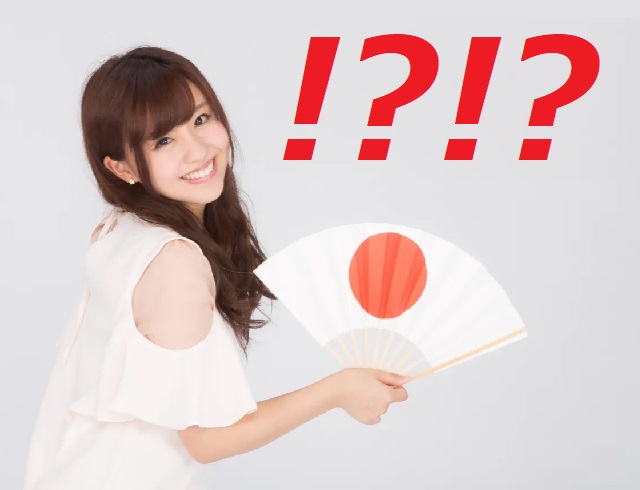Japanese government now officially allowed to use question marks and exclamation points

Change is part of first update to Guidelines for Official Writing Composition in 70 years.
The Japanese government has something called the kouyoubun sakusei no youryou, or the “Guidelines for Official Writing Composition.” It’s basically a set of writing protocols for government documents and public notices, and it hasn’t been updated in a long time. The last overhaul happened all the way back in 1952, when documents were first officially allowed to be written horizontally instead of the more classical vertical orientation of Japanese text.
But after 70 years, the Ministry of Education, Culture, Sports, Science and Technology has decided to make some changes, and one of the biggest is officially giving Japanese government workers permission to use question marks and exclamation points.
Up until now the Guidelines made no mention of question marks or exclamation points, with the implication being that, in principle, neither was to be used. That might seem like a major obstacle for written communication, but neither punctuation mark is indigenous to the Japanese language, and so there are other ways to express the concepts. For example, when forming questions in Japanese, the syllable ka is tacked on to the end of a sentence, and so writing ka, か in the Japanese language’s phonetic hiragana script, conveys that a question is being asked.
▼ Top: Anata wa ramen wo tabemashita./You ate ramen.
Bottom: Anata wa ramen wo tabemashita ka./Did you eat ramen?
In orthodox Japanese writing, both sentences end with a period.

However, the updated guidelines, which were drafted by the Ministry’s Council for Cultural Affairs, recognize that there are times when the inclusion of a question mark or exclamation point can make the meaning or emotion of a sentence clearer, such as rendering a conversation in written form, and so they’re now cleared for use in documents, public notices, and public awareness/PR campaigns.
The Ministry announced the new Guidelines last Friday, and while it admits that question marks and exclamation points had already begun creeping into government compositions, they’re now got the official OK.
Source: Agency for Cultural Affairs via Yomiuri Shimbun Online via Livedoor News via Jin
Top image: Pakutaso (edited by SoraNews24)
Insert image: SoraNews24
● Want to hear about SoraNews24’s latest articles as soon as they’re published? Follow us on Facebook and Twitter!
Credit:

0 comments:
Post a Comment